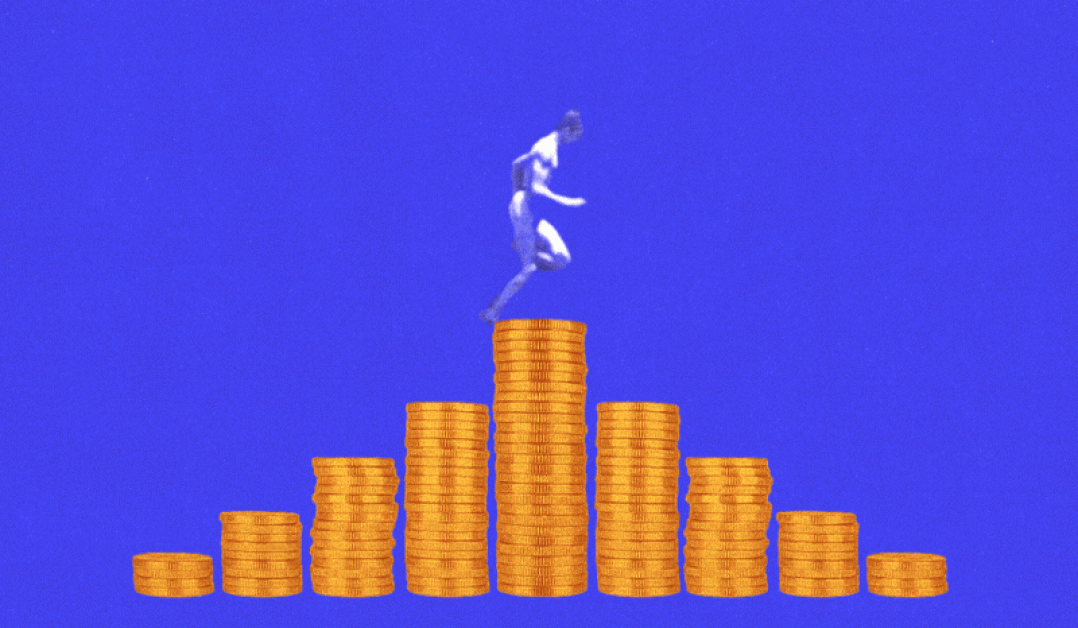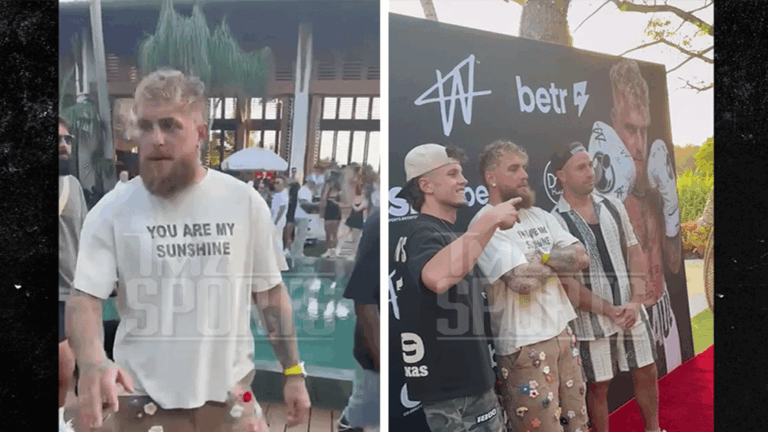A new class of agency businesses has formed in recent years, combining sports talent management, influencer-style matchmaking and, in some cases, content production.
“We handle everything off the field and off the court,” said Eric Eways, head of marketing at sports management agency Klutch Sports Group, which works with over 60 NBA and WNBA players, such as Philadelphia 76ers point guard Tyrese Maxey and college ballplayer Juju Watkins of the USC Trojans.
In addition to traditional sports agent services, the agency manages brand deals and employs a six-person content production team. Eways said the model is that of a “one stop shop” for athletes and advertisers.
As well as Klutch, shops such as Status Creative, Ten Toes and B-Engaged also combine elements of the talent representation, influencer agency and content studio business models.
They’ve emerged in parallel with a gradual shift inside sports marketing, as relationships between sportspeople and brand patrons come to resemble that of influencer and advertiser. Sponsorship deals are getting shorter, tethered closer to temporary campaigns rather than imagined as indefinite ambassadorships. And they’re increasingly focused on an athlete’s pull on Instagram and TikTok, rather than as TV or display talent. Eways estimated that among the “hundreds” of brand deals that come through the agency each year, it handled “maybe a couple of dozen” campaigns that didn’t include a major social component.
According to Sophie Berman, head of talent influencer at Havas Play UK, these companies are “a new breed of agency” that meets advertiser demand while ensuring the quality of social content associated with a given athlete “feels super authentic” and is of a high-enough standard.
Agency B-Engaged, for example, has a roster of 21 boxers, football and soccer players including Arsenal’s Kai Havertz and Mason Mount of Manchester United. According to founder Ehsen Shah, it offers both talent representation and mediates relationships between athletes and brands.
Mostly, advertisers or their creative agencies — Shah said B-Engaged has worked with U.K. agencies Red Consultancy and Ogilvy, for example, while Berman said Havas Play has worked with Status in the past — approach once they’ve decided to include athletic talent on a given campaign.
Though agencies like Klutch represent their player clients first, team-ups have to fit both advertiser and athlete, Eways said. For client Juju Watkins, as a “student athlete first” and public persona second, the agency has to be mindful of her priorities on the court. But it’s also been able to push for relationships that “tie in” her public character with the priorities of a brand. A Nike sponsorship recently extended to a clothing donation to a women’s shelter run by her family in Los Angeles, for example.
Though they’re still paid via a mix of retainer fees from athlete clients and commissions earned on new deals, agencies like Klutch and B-Engaged are filling a gap for brands and athletes. Players don’t typically have the time to produce and manage a TikTok or Instagram presence at the level required to meet the obligations of a brand deal — and having their talent agency take that work on can cut the need for a personal marketing team.
“If you’re an athlete, you’re a content machine… [and] most athletes are not doing that themselves,” said Chris Ross, vp and analyst at Gartner for Marketers. At the same time, their involvement as intermediaries on the playing side of a client’s career means they can help reduce any friction between athlete and team.
Although sports agents traditionally negotiate on behalf of athletes with teams and sponsors, most don’t handle brand social media deals.
“For [soccer] agents, especially, who make so much money from transfers and a percentage of salaries, they will manage inbound sponsorship requests but don’t see the value of putting in the effort in proactive outreach given the relative returns seen,” Malph Minns, managing director of sports marketing agency Strive Sponsorship said in an email.
Today’s players are more aware of the income left on the table by not engaging with interested brands, said Shah. “Players are demanding different things to what past generations did. Past generations were happy to just fall in line because they were getting paid to play soccer,” he said.
Hence the emergence of hybrid agencies such as Klutch and B-Engaged. Shah said that the reluctance of some traditional agents left a vacuum for businesses like his to expand into. He recalled, one conversation with an unnamed soccer agent who, Shah said, told him that “social media will die out, and players shouldn’t only play football and do nothing else.”
With viewer interest in the WSL and WNBA rising (WNBA games have drawn an average of 1.3 million TV viewers this season, three times higher than the last), women’s sports are increasingly drawing advertiser dollars. “It’s absolutely exploded,” said Eways. The agency, he said, invested in the space in recent years by hiring a head of women’s basketball, agent Jade-Li English, and bringing on more WNBA players as clients.
“This isn’t something that we got involved with just because we thought it was the right thing to do. It’s also good for business,” he said.
Some agencies have benefitted from specializing in this area, such as A&V Sports, which focuses entirely on female soccer players. “We’re probably the only dedicated women’s agency that has a dedicated commercial department,” said Andrew Irving, the agency’s head of sponsorship.
A&V hunts down potential brand deals for the athletes on its roster while managing their relationship with clubs and teams. A smaller business than an agency like Klutch, it doesn’t yet handle content production. That could change, though. The firm currently outsources much of its content production work to production agencies but Irving said he expects that in time, it will look to invest in its own production capability.
In the U.S., the Supreme Court’s 2021 decision on name, image and likeness (NIL) rights was “a giant change in the landscape,” said Gartner’s Ross. It cleared the way for thousands of social-savvy college athletes to increase their income via brand deals.
“All of a sudden, you have tens of thousands of athletes who have the ability to go represent themselves and to interact with sponsors,” he explained.
This year’s Olympics might provide another slew of new faces brands might incorporate into their creator rosters. 12 of A&V’s clients, for example, are set to perform by the end of the Games.
Outside the U.S., female athletes still command only a fraction of the price tags wielded by male players. Of A&V’s 100-strong roster, which includes Norwegian Ballon d’Or winner (the closest thing in soccer to a Nobel Prize) Ada Hegerberg, a past winner of the prestigious Ballon d’Or, Irving estimated the agency’s most in-demand players might take on five or six brand deals each year.
As the women’s game grows, though, Irving predicts the size and quantity of deals will increase. “It’s only going in one direction,” he said.





